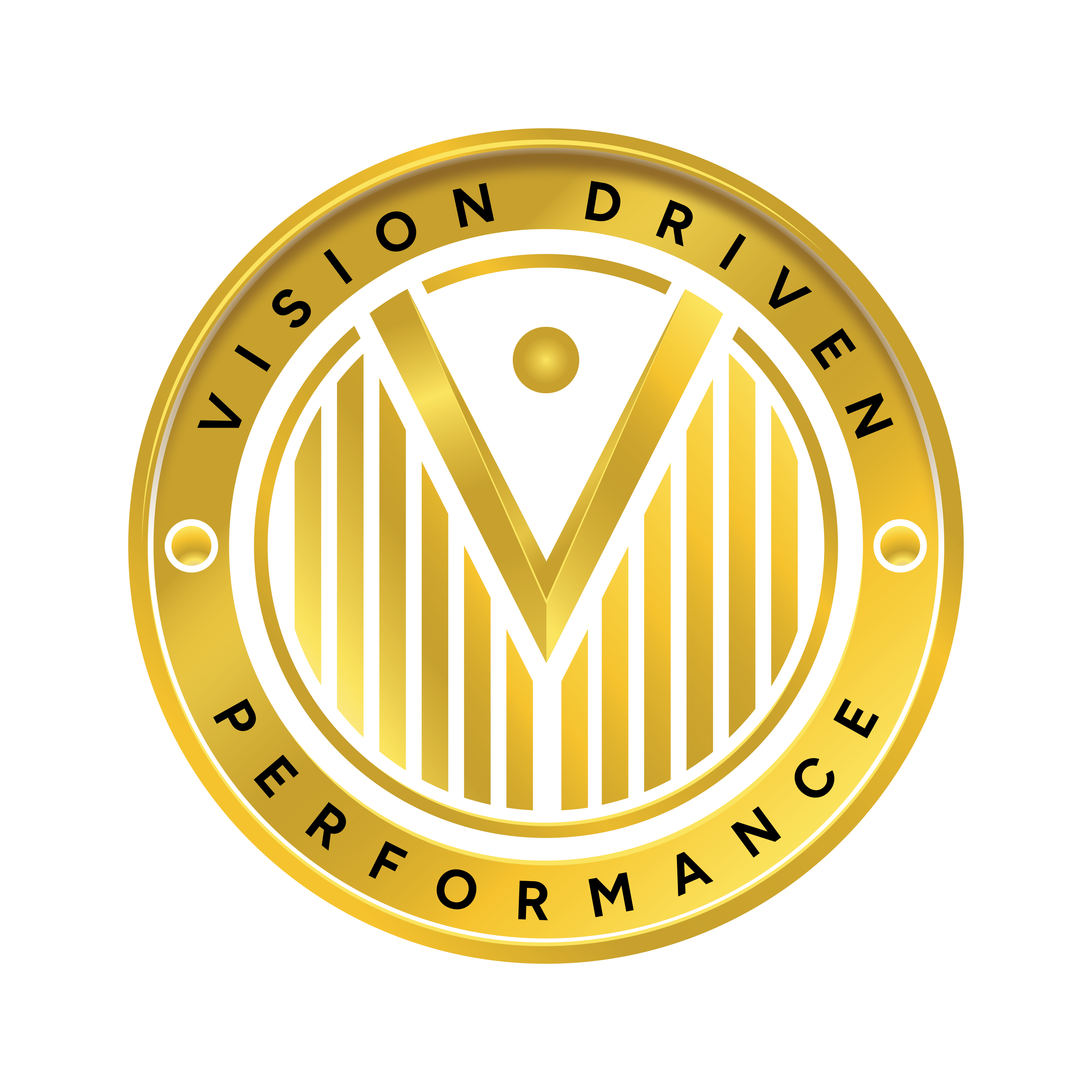A strategic plan outlines an organization’s goals, objectives, and strategies to achieve long-term success. While the specific elements may vary depending on the organization’s size, industry, and objectives.
Here are eight common elements of a strategic plan…
- Vision Statement
- The vision statement articulates the organization’s long-term aspirations and defines what it hopes to achieve in the future. It provides a clear and inspiring picture of the organization’s ultimate goal and purpose.
- Mission Statement
- The mission statement describes the organization’s core purpose, values, and reason for existence. It outlines who the organization serves, what it does, and how it distinguishes itself from others in the industry.
- Values and Core Beliefs
- Values and core beliefs represent the fundamental principles and ethical standards that guide the organization’s decisions, behaviors, and actions. They shape the organization’s culture and influence its relationships with stakeholders.
- SWOT Analysis
- A SWOT analysis assesses the organization’s internal strengths and weaknesses, as well as external opportunities and threats. It helps identify strategic advantages, areas for improvement, and potential risks or challenges.
- Goals and Objectives
- Goals are broad, overarching aspirations that the organization aims to achieve, while objectives are specific, measurable targets that support the goals. Clear and measurable goals and objectives provide direction and focus for the organization’s efforts.
- Strategies and Initiatives
- Strategies are high-level plans or approaches that outline how the organization will achieve its goals and objectives. Initiatives are specific actions or projects that support the implementation of the strategies. Effective strategies align with the organization’s strengths and capitalize on opportunities while addressing weaknesses and mitigating threats.
- Key Performance Indicators (KPIs)
- KPIs are quantifiable metrics used to measure progress toward achieving strategic goals and objectives. They provide objective data to evaluate performance, track trends over time, and make informed decisions about resource allocation and strategy refinement.
- Implementation Plan and Timeline
- The implementation plan outlines the steps, activities, and timelines for executing the strategic initiatives. It assigns responsibilities, establishes milestones, and sets deadlines to ensure accountability and progress tracking. A well-defined implementation plan ensures that strategic goals are translated into actionable tasks and that progress is monitored effectively.
These eight elements collectively form a strategic plan that guides the organization’s decision-making, resource allocation, and performance evaluation. By aligning the organization’s vision, mission, goals, and strategies, a strategic plan provides a roadmap for achieving sustainable growth and success.




